Ayurveda and Cooking
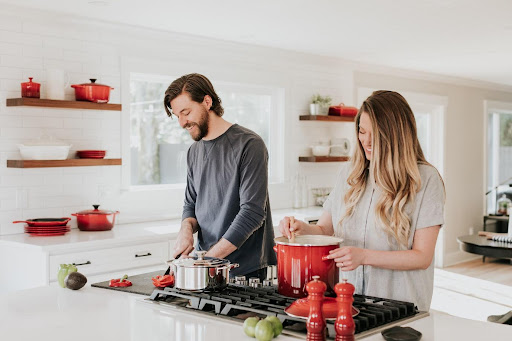
Ayurveda is the ancient Indian system of natural medicine that has been practiced for many centuries. It is based on the belief that the human body has three basic energies or doshas: Vata, Pitta, and Kapha which are responsible for keeping the body in a balanced state.
Ayurvedic cooking is the practice of cooking with ingredients that are compatible with one’s dosha type. Ayurveda was the first science to introduce “personalized cooking” and demonstrated that not only what you eat makes a difference but also the way it is prepared plays a huge part.
Ayurveda has classified food preparation into 5 categories and each of these methods has an impact on the taste of your food –
- Moist-Heat Cooking
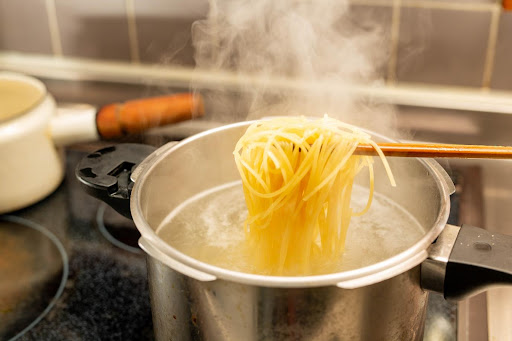
This method of cooking is when any liquid, steam, or water is combined with heat to cook the food. According to Ayurveda, simpler foods are considered to be more balanced. This is because it has fewer tastes and textures, with abundant moisture, and therefore promotes easy and healthy digestion. Some examples of moist-heat cooking methods are –
Steaming – This method, along with fermentation, preserves the highest quantity of nutrients. It is good for lentils, vegetables, and rice.
Boiling – Works well for pasta and other hard foods.
Poaching – Best for lean meats like chicken and fish, or other delicate foods like greens, fruits, and eggs.
Simmering – Generally used for sauces and soups.
These methods are considered sattvic in nature; they also enhance the natural tastes of foods, and balance the doshas. They are typically moist and light.
- Dry-Heat Cooking
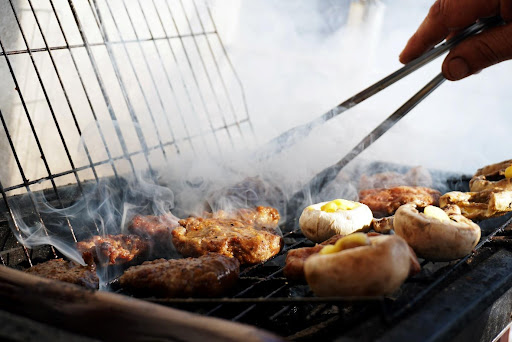
This method of cooking is when the food’s flavor is enhanced by browning or caramelizing it, often using fat or air for the browning. Some examples of dry-heat cooking methods are –
Roasting and Grilling – These methods are good for vegetables, fruits, and tougher meats.
Sauteing – Works well for vegetables and grains.
Caramelizing – Very good for adding a touch of sweetness to onions and other vegetables.
Baking – An oven is used for preparing foods using dry heat.
These methods use fat or air and therefore the light, oily, and dry qualities can be controlled.
- Combination Cooking
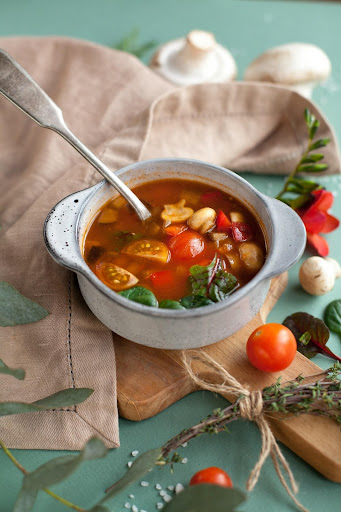
This method of cooking is used when there is a requirement for a method from both of the above-mentioned categories, such as sauteing rice before steaming for a pilaf. Benefits from both methods are present in this cooking style. Some examples of combination cooking methods are –
Braising – This method is a combination of simmering and frying. It is great for hearty greens and tender meats.
Stewing – This is a slow cooking method that uses liquid oftentimes to cook veggies and meats.
- Fermentation
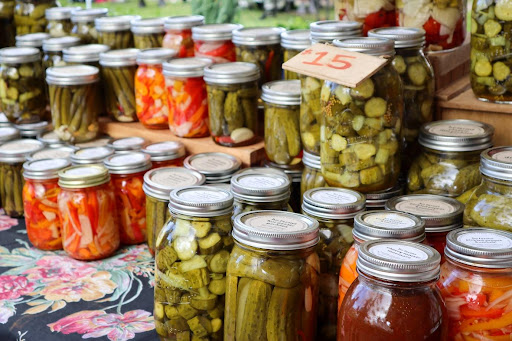
This method of cooking requires no heat. It changes the quality, taste, and structure of foods. Fermentation uses naturally occurring good bacteria which increase nutrients in the food, enhance digestion, and provide vitamins.
Fermentation increases the sour taste in foods and sometimes could also enhance the salty and pungent tastes. This helps stimulate your digestive fire (Agni).
- Raw Foods
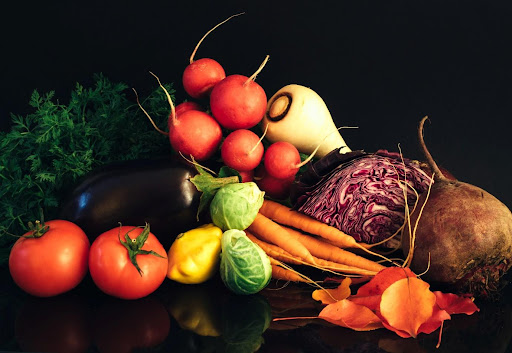
Eating raw foods directly may deplete your digestive fire, however, using cooking methods like – sprouting, soaking, and low heat helps conserve the life force within the food.
Raw foods should only be consumed occasionally, and only if you have a strong Agni. It can also be supplemented with salt, pepper, ginger, cumin, and turmeric to add tastes and qualities that help balance the meal.
Explore our sattvic and tridoshic meals here at Mekosha Ayurveda Spasuites Retreat. Experiment with different kinds of Ayurvedic cuisines served at our communal table and observe the effects it has on your body. We also offer a course on becoming an Ayurvedic chef so that you can take all these delicious and healthy foods back home.
So, what are you waiting for? Book your spot today!








